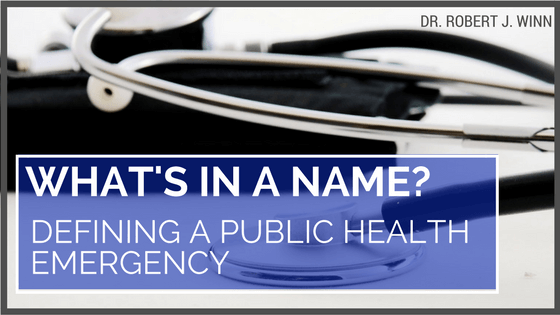In the space of a few months, Americans have seen a decade’s worth of disaster. Countless homes and lives were destroyed in the wake of Hurricanes Harvey and Irma; to this day, many of those living in Puerto Rico are still living without without power or easy access to clean water. Wildfires rage on the West Coast, driving families from homes they may never see intact again. The clear devastation visited by natural disasters calls for a progression of pause, mourning, and finally, recovery. I have hope that we can pull through these traumas together, and rebuild what we lost. But as a doctor, I worry about the quieter disasters, the ones that wreak devastation through needles and pills rather than fires and floods.
Unlike a natural disaster, America’s nationwide opioid crisis isn’t an easy problem to target; there are no ruined buildings to rebuild, or visible fires to fight. But with a death toll of nearly 60,000 in 2016 alone, the opioid epidemic is undoubtedly a disaster that we need to address on a national level. In October of this year, President Trump indicated his administration’s intent to tackle the problem by officially declaring the opioid issue a Public Health Emergency. This sounds promising at first glance – but is Trump’s declaration all it seems to be?
At the outset, Trump’s administration had two primary options for handling the crisis. First, the president could label the crisis as a federally-recognized national disaster and enact the Stafford Disaster Relief and Emergency Act. This would have allowed the administration access to the Federal Emergency Management Agency (FEMA) Disaster Relief Fund, a wellspring which is typically utilized after hurricanes and other natural disasters. Alternatively, the president could – and ultimately did – name the crisis as a public health emergency, thereby expanding access to telemedicine in rural regions, limiting bureaucratic slowdowns, and redirect some federal grants towards mitigating the crisis. Unlike an officially-recognized disaster, a public health emergency doesn’t automatically warrant access to significant funding, though it does technically come with an account – and a catch. Without a budget from Congress, the fund’s metaphorical vault is empty.
All is not as dire as it appears. Given that those in rural areas are some of the hardest-hit and often have limited geographical and financial access to in-personal medical care, telemedical expansion will be a welcome help in the high-risk areas of Appalachia, New England, and the Rust Belt. Moreover, declaring the crisis a national disaster may not have done all that much more to help, even with the additional financial resources. As former Obama administration staffer Rafael Lemaitre commented for a CNN article on the subject, “I worked at FEMA for two years and dealt with multiple disasters. The Stafford Act is not structured to deal with a long term, complicated public health crisis like the opioid crisis.” The FEMA fund is meant to aid in short-term, single-location disasters; spreading the funds haphazardly over the nation may not have done that much good in any case. We have no precedent for how to handle a crisis of this scale and complexity.
We’re at a turning point. If Congress and the administration do not press forward by passing an effective budget and plan for long-term crisis resolution, the crisis will continue to kill. For the sake of our nation, we need to make saving opioid-affected lives our top priority.


